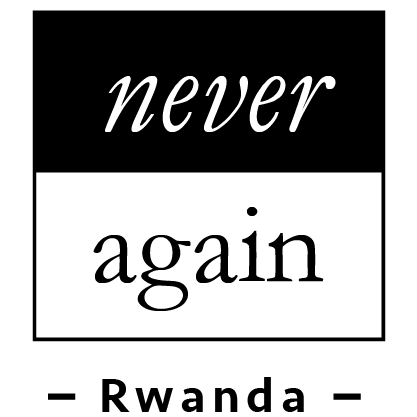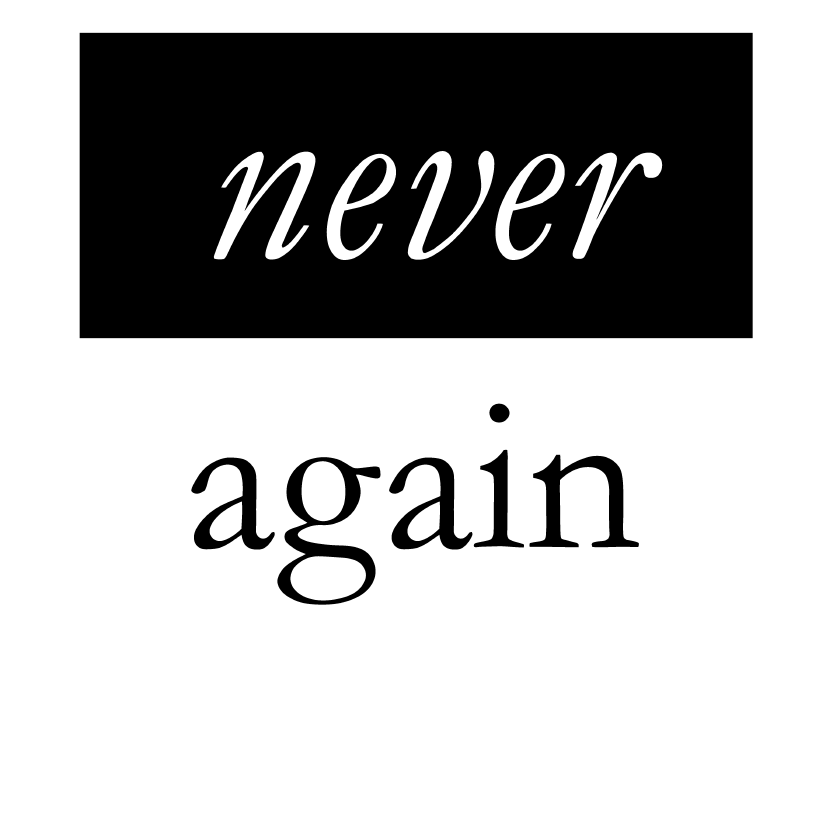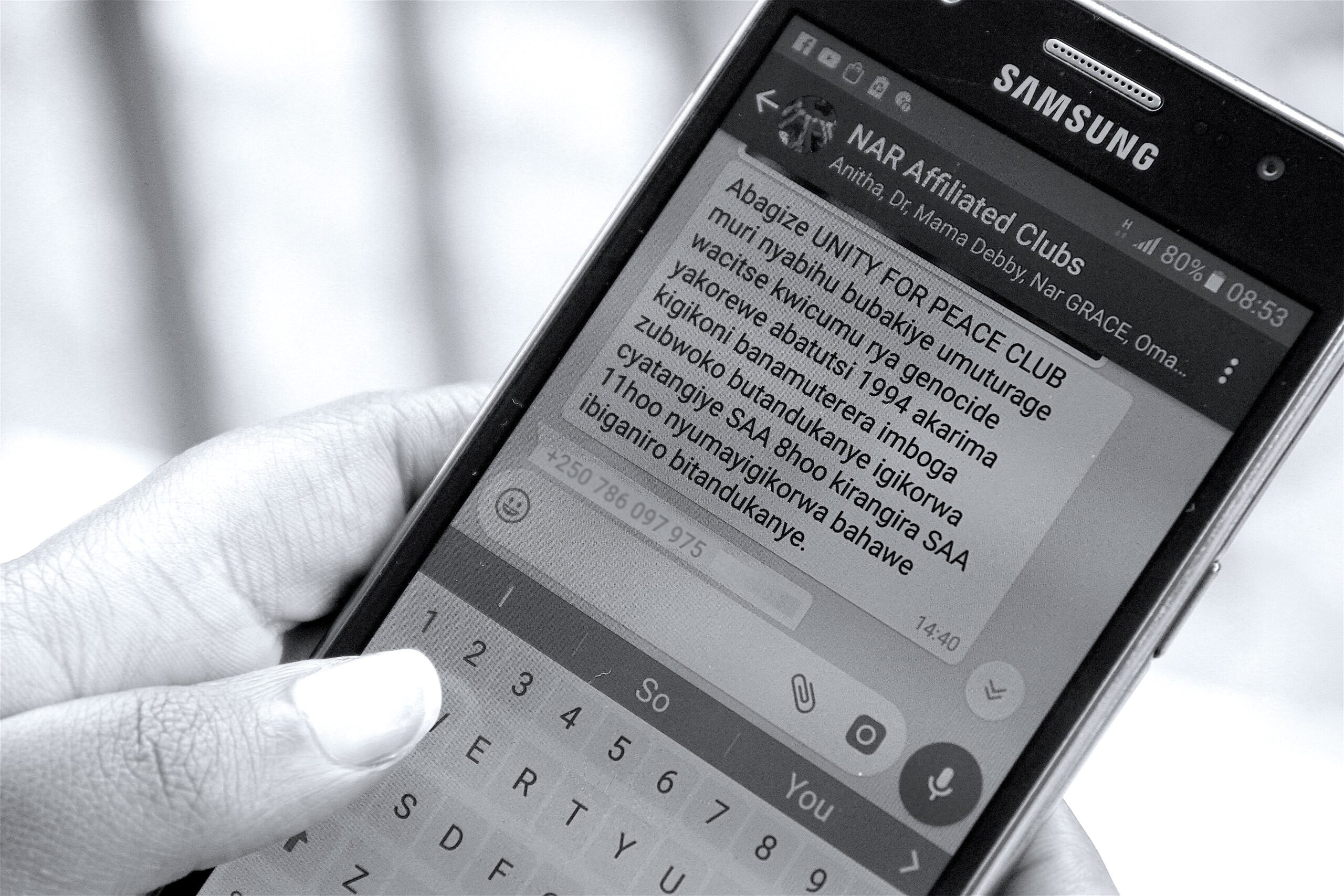There are particular words that are synonymous with Never Again Rwanda (NAR)’s work. The most common is ‘Spaces For Peace’ and the other is ‘Citizens Forum’. Though they both serve different purposes they all involve converging of citizen in a physical space to deliberate over particular issues that under normal circumstances would be difficult to tackle in building peace.
Meeting under a safe ‘Space For Peace’ or deliberating though a ‘Citizen Forum’ would require physical presence. In the advent of technology (with over 12 percent of Rwandans accessing mobile Internet) one would ask: What if these spaces converged in a digital domain? Wouldn’t they attract a larger level of engagement?
This in a way is a promise of peace at the click of a button, something which is quite appealing. Considering the attention social media is giving to particular segments of these peacebuilding initiatives, there must be something to talk about digital media’s role in peace building.
Speaking from the NAR perspective, the organization can easily be described as a human rights and peacebuilding organization. NAR targets mostly young people, the millennial type who basically are basically over 50 percent of the Rwandan population. NAR is toying around the innovations that can easily engage the youth as peacebuilding ambassadors through new spaces most relevantly a ‘digital space’ for peace!
The digital world as we know has much of its roots in people who saw it as a tool for peace. It’s hard to imagine today it can be considered as a web for warmongering and misogyny. Sometimes, social media is used to de-escalate and prevent violence, although in the case of NAR it is becoming easy for one to find a clear, connection between social media use and peace building.
Some successful innovative projects already implemented by NAR are deeming more useful than contemporary ICT exposure that has been around for over decades.
Last year NAR hosted a conference on ‘Societal Healing’. While 200 delegates converged at the Marriot Hotel, over 600 were streaming (from around the globe) the event live on Youtube through Igihe TV channel. This breaks the physical barrier to information dissemination.
This year during the commemoration day of the International Youth Day, logistics allowed only a paltry 400 youth to attend a NAR event that was housed in Ubumwe Hotel. The hastag created by NAR for the event, #YouthDayRwanda for social media engagement attracted over 800,000 impressions on twitter, meaning the on-line engagement was 2,000 times more effective to convey the panelists’ youthful discussions to the digital space.
“When we look at the role of social media in peacebuilding, we have to look beyond just the nature of the message. Social media is just a broadcast tool – it pushes out whatever message the user wants. The important question becomes the strategy employed by the peacebuilding community to engage against the hate and diversionary messages that we are fighting,” said one of the staff members of NAR.
At NAR the policy is that every member of staff should be an active ‘twitterati’ not only in a fun and exciting way but to relay informative message to those that follow NAR’s peace initiatives.
As it turns out, the organization then develops a considerable community of ‘peace innovators’, smart young people looking at many ways of using ICT tool for peacebuilding.
Just recently when another event (International Day of Peace) was hosted by NAR over 400 youth were at parliament debating the theme. However the deployment of another hashtag, #PeaceDayRwanda trended with over 20,000 unique accounts (including mobile phones, tablets and computers) participating in related online discussions.
The popularity of social media among the Rwandan youths and young adults showed that social media has the potential to be a great tool that can foster dialogue and support peacebuilding efforts.
NAR has more than 60 youth clubs, which converge more than 400 youths form across the country. As the custodian of these groups constant engagement and mentorship is needed. Creation of the ‘Whatsup’ group has come in handy and youthful leaders of these clubs share their testimonies with others while NAR is the enabler sustaining the development of this digital space for peace.
In Rwanda the media landscape is by no doubt growing but is still thin for an organization to reach out to all stakeholders. Ardent readers boast of two dailies including ‘Imvaho’ and ‘The New Times’. While the New Times prints as much as1000 copies and not more than 8 percent watch TV, justifying the engagement of digital spaces as the norm for major peacebuilding campaigns.
Creation of a ‘Digital Space’ for peace could come with particular challenges for peacebuilding institutions such as NAR as they can be difficult to monitor and siphon out the hate message.
The writer is a Communication Consultant with Never Again Rwanda and can be reached on email kezio@neveragainrwanda.org


